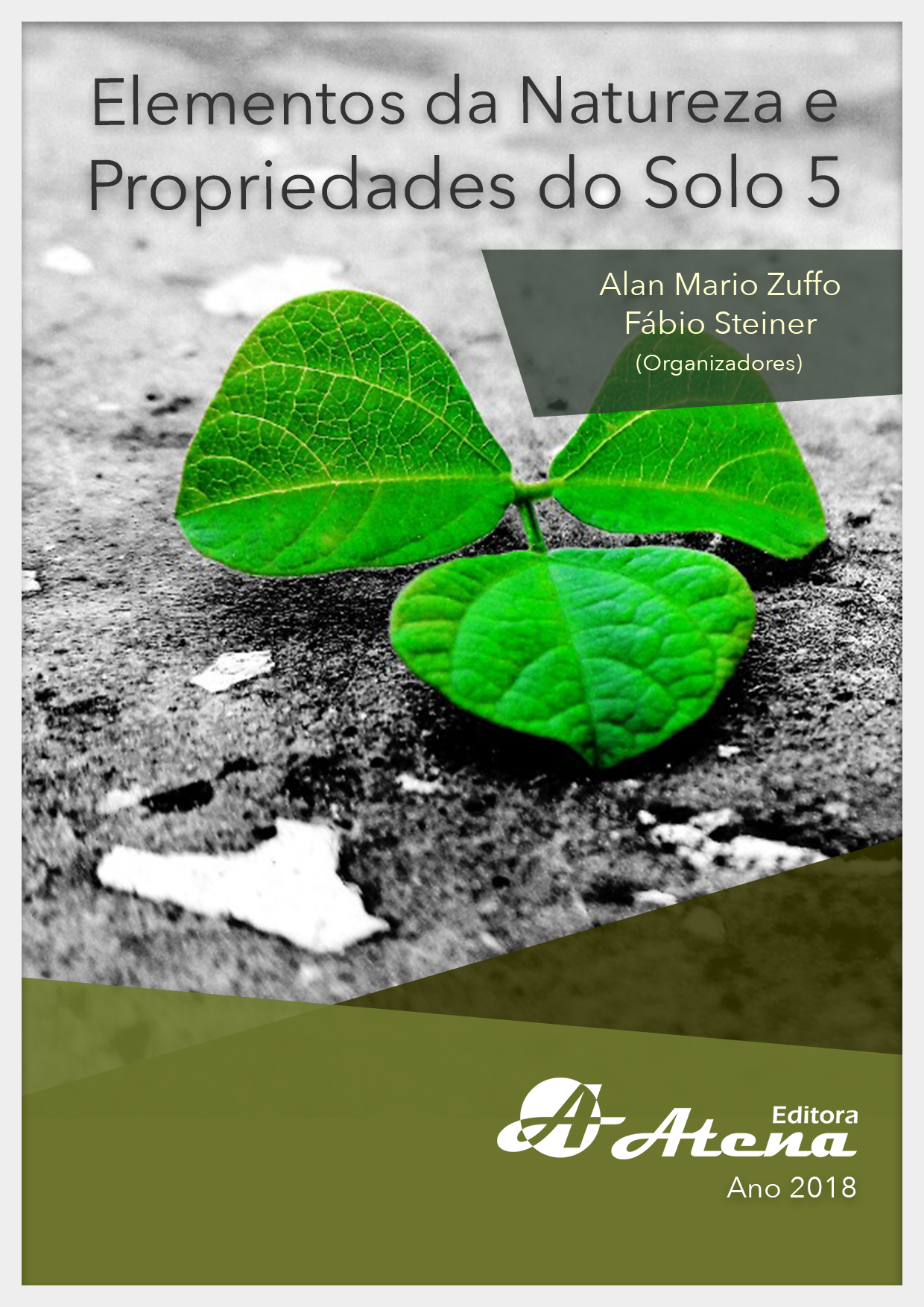
COBERTURA DO SOLO PELA CANA-DE-AÇÚCAR FERTILIZADA COM ORGANOMINERAL DE LODO DE ESGOTO E BIOESTIMULANTE EM SOLO FÉRTIL
A cultura da cana-de-açúcar (Saccharum
officinarum) continua em expansão no Brasil. O
Brasil ocupa o primeiro lugar na produção mundial
de cana-de-açúcar. Fertilizantes organominerais
geram grandes expectativas quanto eficiência,
economia, e sustentabilidade das adubações.
O objetivo do trabalho foi avaliar a cobertura
do solo pela cana-de-açúcar, adubada com
fertilizante mineral e organomineral associados
a bioestimulante. O delineamento experimental
foi em blocos casualizados com fatorial 5x2+1,
sendo cinco tratamentos, 0; 60; 80; 100 e 120%
(com e sem bioestimulante) mais um adicional
(adubação 100% mineral) em quatro repetições.
Foi utilizado bioestimulante enraizador Stimulate®
via inoculação (0,75 L ha-1) e volume de calda de
100 L ha-1 sobre os toletes no sulco de plantio.
Foi avaliada a cobertura vegetal aos 30, 60, 90,
120, e 150 dias após plantio (DAP). A avaliação foi
realizada com fotografias a 1,5 m de altura, sob
um retângulo de madeira com 1,5 m² no centro da
linha. Posteriormente as fotos foram analisadas
pelo programa SisCob v1.0 determinando o
percentual. Os resultados foram submetidos à
análise de variância, realizada pelo teste F a 5%
de probabilidade e as médias comparadas pelo
teste de Tukey e Dunnett a 0,05 de significância.
O uso do bioestimulante Stimulate® aumentou
a cobertura vegetal de plantas de cana-deaçúcar sobre o solo a partir dos 120 DAP. O
organomineral de lodo de esgoto e a fonte mineral
foram indiferentes. Os diferentes percentuais de
adubação de plantio não promovem incrementos
de cobertura vegetal das plantas sobre o solo até
os 150 DAP.
COBERTURA DO SOLO PELA CANA-DE-AÇÚCAR FERTILIZADA COM ORGANOMINERAL DE LODO DE ESGOTO E BIOESTIMULANTE EM SOLO FÉRTIL
-
DOI: Atena
-
Palavras-chave: Saccharum spp.; Stimulate®; Desenvolvimento vegetal.
-
Keywords: Saccharum spp.; Stimulate®; Vegetable development.
-
Abstract:
The culture of sugarcane (Saccharum
officinarum) continues to expand in Brazil. The
Brazil occupies the first place in the world production
of sugar cane. Organomineral fertilizers generate
high expectations as to efficiency, economy, and
sustainability of fertilizers. The objective of this work was to evaluate the soil cover by sugarcane, fertilized with mineral fertilizer and
organomineral associated to biostimulant. The experimental design was in randomized
blocks with factorial 5x2+1, being five treatments, 0; 60; 80; 100 and 120% (with and
without Biostimulant) plus one additional (100% mineral fertilization) in four replicates.
Stimulate® rooting biostimulant was inoculated via inoculation (0.75 L ha-1) and 100 L
ha-1 syrup volume on the stalks in the planting groove. Vegetation cover was evaluated at
30, 60, 90, 120, and 150 days after planting (DAP). The evaluation was carried out with
photographs at a height of 1.5 m, under a wooden rectangle measuring 1.5 m² in the
center of the line. Subsequently the photos were analyzed by the program SisCob v1.0
determining the percentage. The results were submitted to analysis of variance, performed
by the F test at 5% of probability, and the means compared by the Tukey and Dunnett test
at 0.05 of significance. The use of the Stimulate® biostimulant increased the plant cover
of sugarcane plants on the soil from 120 DAP. The organomineral sewage sludge and the
mineral source were indifferent. The different percentages of planting fertilization do not
promote increments of plant cover of the plants on the soil up to 150 DAP.
-
Número de páginas: 15
- Israel Mendes


